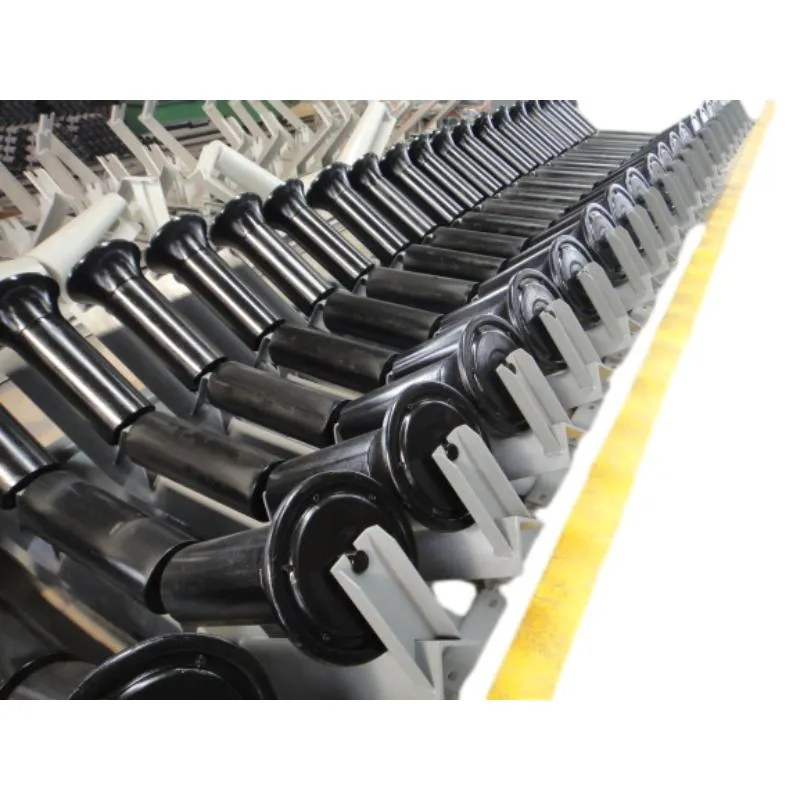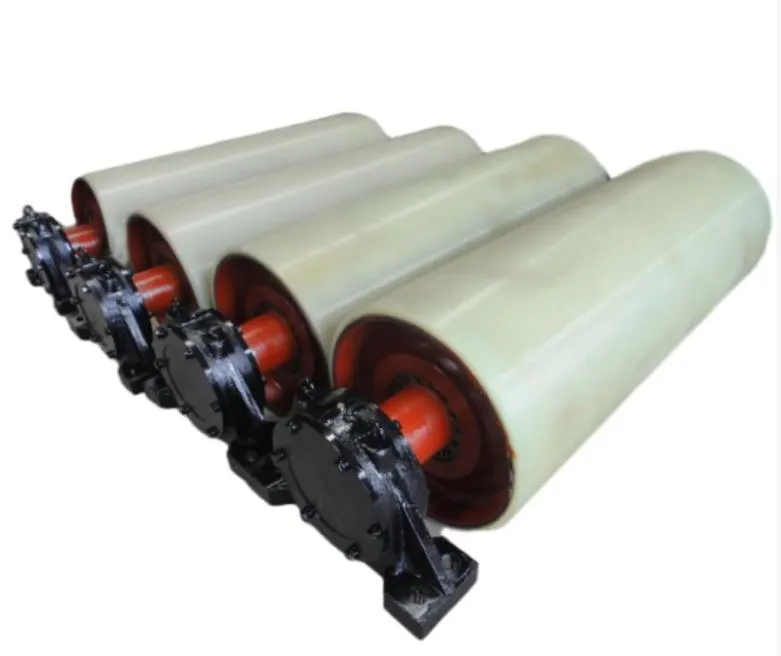 Afrikaans
Afrikaans  Albanian
Albanian  Amharic
Amharic  Arabic
Arabic  Armenian
Armenian  Azerbaijani
Azerbaijani  Basque
Basque  Belarusian
Belarusian  Bengali
Bengali  Bosnian
Bosnian  Bulgarian
Bulgarian  Catalan
Catalan  Cebuano
Cebuano  Corsican
Corsican  Croatian
Croatian  Czech
Czech  Danish
Danish  Dutch
Dutch  English
English  Esperanto
Esperanto  Estonian
Estonian  Finnish
Finnish  French
French  Frisian
Frisian  Galician
Galician  Georgian
Georgian  German
German  Greek
Greek  Gujarati
Gujarati  Haitian Creole
Haitian Creole  hausa
hausa  hawaiian
hawaiian  Hebrew
Hebrew  Hindi
Hindi  Miao
Miao  Hungarian
Hungarian  Icelandic
Icelandic  igbo
igbo  Indonesian
Indonesian  irish
irish  Italian
Italian  Japanese
Japanese  Javanese
Javanese  Kannada
Kannada  kazakh
kazakh  Khmer
Khmer  Rwandese
Rwandese  Korean
Korean  Kurdish
Kurdish  Kyrgyz
Kyrgyz  Lao
Lao  Latin
Latin  Latvian
Latvian  Lithuanian
Lithuanian  Luxembourgish
Luxembourgish  Macedonian
Macedonian  Malgashi
Malgashi  Malay
Malay  Malayalam
Malayalam  Maltese
Maltese  Maori
Maori  Marathi
Marathi  Mongolian
Mongolian  Myanmar
Myanmar  Nepali
Nepali  Norwegian
Norwegian  Norwegian
Norwegian  Occitan
Occitan  Pashto
Pashto  Persian
Persian  Polish
Polish  Portuguese
Portuguese  Punjabi
Punjabi  Romanian
Romanian  Russian
Russian  Samoan
Samoan  Scottish Gaelic
Scottish Gaelic  Serbian
Serbian  Sesotho
Sesotho  Shona
Shona  Sindhi
Sindhi  Sinhala
Sinhala  Slovak
Slovak  Slovenian
Slovenian  Somali
Somali  Spanish
Spanish  Sundanese
Sundanese  Swahili
Swahili  Swedish
Swedish  Tagalog
Tagalog  Tajik
Tajik  Tamil
Tamil  Tatar
Tatar  Telugu
Telugu  Thai
Thai  Turkish
Turkish  Turkmen
Turkmen  Ukrainian
Ukrainian  Urdu
Urdu  Uighur
Uighur  Uzbek
Uzbek  Vietnamese
Vietnamese  Welsh
Welsh  Bantu
Bantu  Yiddish
Yiddish  Yoruba
Yoruba  Zulu
Zulu ມ.ກ. . 28, 2025 06:10
Back to list
Return Idler Bracket
In the realm of industrial operations, conveyor belts stand as quintessential components that bolster efficiency, safety, and productivity. These mechanical movers provide an automated way to move goods in production and distribution settings, acting as an integral backbone in various industries. Understanding the parts and functions of conveyor belts is critical for businesses aiming to maintain smooth operations and optimized performance.
6. Belt Cleaner Maintaining belt cleanliness is crucial for preventing material buildup, which can cause blockages and reduce efficiency. Innovative belt scrapers or cleaners are introduced to keep the conveyor surface clean, facilitating long-term operational effectiveness. 7. Take-Up Unit This component maintains appropriate tension on the belt, thereby ensuring smooth motion and preventing slippage or slack. Take-up units, often adjusted through springs or screws, are crucial in maintaining alignment and tension integrity, particularly across varying load conditions. Balancing these components harmoniously in a conveyor belt system demands experience with the specific nuances of industrial operations. Knowledgeable engineers or experts examine these parts for their condition and functionality, ensuring a solid and trusted operational regime. Expertise in conveyor systems extends to understanding the nuances of various belt types and components, each suited for different industrial needs. Automation advances bring about smart conveyors equipped with sensors and AI for real-time monitoring, predictive maintenance, and operational analytics, keeping businesses at the cutting edge of productivity and efficiency. Authoritative and trusted knowledge in the conveyor belt domain is reinforced through continuous professional development and staying updated on technological advancements. Industry leaders must invest in quality equipment and consistently train their workforce to minimize operational downtimes and maximize efficiency. By comprehending the intricate details of conveyor belt parts and functions, businesses can leverage this machinery to propel productivity and achieve substantial operational excellence. Proper maintenance and the strategic choice of components tuned to the industry’s needs result in not only optimized processes but also amplified profitability.


6. Belt Cleaner Maintaining belt cleanliness is crucial for preventing material buildup, which can cause blockages and reduce efficiency. Innovative belt scrapers or cleaners are introduced to keep the conveyor surface clean, facilitating long-term operational effectiveness. 7. Take-Up Unit This component maintains appropriate tension on the belt, thereby ensuring smooth motion and preventing slippage or slack. Take-up units, often adjusted through springs or screws, are crucial in maintaining alignment and tension integrity, particularly across varying load conditions. Balancing these components harmoniously in a conveyor belt system demands experience with the specific nuances of industrial operations. Knowledgeable engineers or experts examine these parts for their condition and functionality, ensuring a solid and trusted operational regime. Expertise in conveyor systems extends to understanding the nuances of various belt types and components, each suited for different industrial needs. Automation advances bring about smart conveyors equipped with sensors and AI for real-time monitoring, predictive maintenance, and operational analytics, keeping businesses at the cutting edge of productivity and efficiency. Authoritative and trusted knowledge in the conveyor belt domain is reinforced through continuous professional development and staying updated on technological advancements. Industry leaders must invest in quality equipment and consistently train their workforce to minimize operational downtimes and maximize efficiency. By comprehending the intricate details of conveyor belt parts and functions, businesses can leverage this machinery to propel productivity and achieve substantial operational excellence. Proper maintenance and the strategic choice of components tuned to the industry’s needs result in not only optimized processes but also amplified profitability.
Next:
Latest news
-
Revolutionizing Conveyor Reliability with Advanced Rubber Lagging PulleysNewsJul.22,2025
-
Powering Precision and Durability with Expert Manufacturers of Conveyor ComponentsNewsJul.22,2025
-
Optimizing Conveyor Systems with Advanced Conveyor AccessoriesNewsJul.22,2025
-
Maximize Conveyor Efficiency with Quality Conveyor Idler PulleysNewsJul.22,2025
-
Future-Proof Your Conveyor System with High-Performance Polyurethane RollerNewsJul.22,2025
-
Driving Efficiency Forward with Quality Idlers and RollersNewsJul.22,2025
OUR PRODUCTS





























